Directions (1-5): In each question two equations numbered (I) and (II) are given. Student should solve both the equations and mark appropriate answer.


Q7.The ratio of average of two series of five numbers each is 2:3. All five terms of the former series are consecutive multiples of 4 while all five terms of the latter series are consecutive multiples of 6. If sum of their first term is 20, then find the difference between greatest term of series divisible by 6 and second greatest term of series divisible by 4?
(a) 16
(b) 12
(c) 10
(d) 14
(e) 8
Q8.A sum of Rs ‘x’ becomes Rs (x + 528) in two year at the rate of 20% p.a compounded annually. if Veer invested Rs 2.5x at 15% p.a. on SI for three years and Ayush invest Rs 1.5x at 10% on CI for two years, then find the ratio of interest got by Ayush to that of Veer?
(a) 4 : 25
(b) 6 : 25
(c) 8 : 25
(d) 7 : 25
(e) None of these
Q9. Average of present ages of A, B and C is 35 years. 3 years hence, C is twice as old as A, while 3 years ago sum of ages of B and C is twice of present age of B. Then, find the ratio of present age of A, B and C.
(a) 7 : 13 : 15
(b) 11 : 14 : 16
(c) 3 : 6 : 8
(d) 9 : 13 : 15
(e) 2 : 3 : 6
Q10. Deepak bought two different articles- A and B, total cost price of both articles is Rs. 6500. He had incurred an overall loss of Rs.25 by selling article A at a profit of 25% and article B at a loss of 30%. Then, find the cost price of article A?
(a) Rs.3500
(b) Rs.4300
(c) Rs.3600
(d) Rs.3100
(e) None of the above.
Solutions

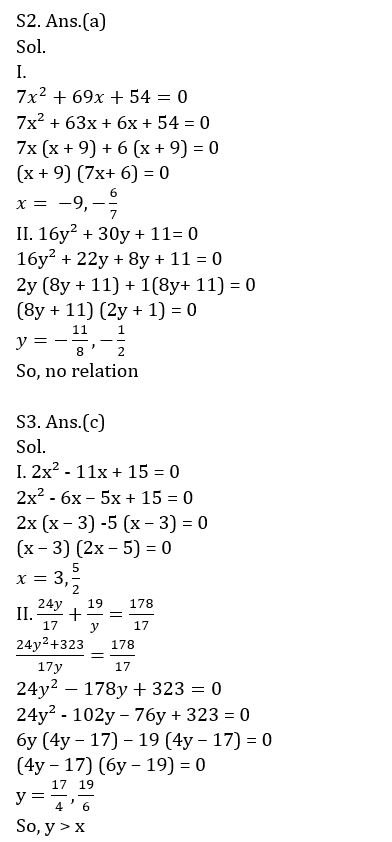
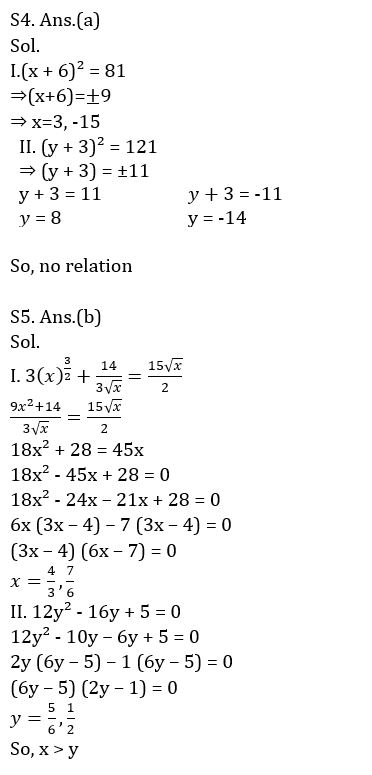
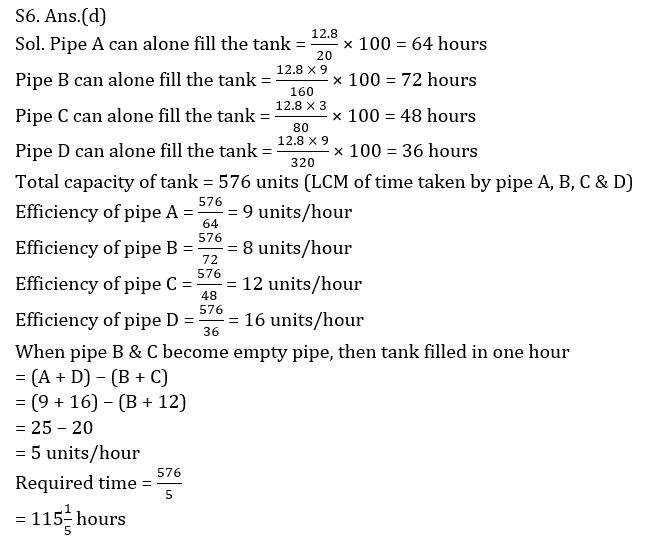
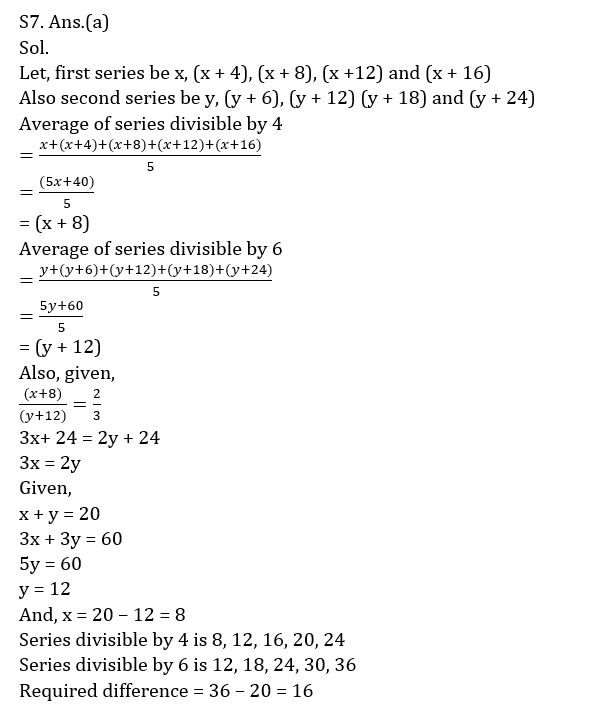
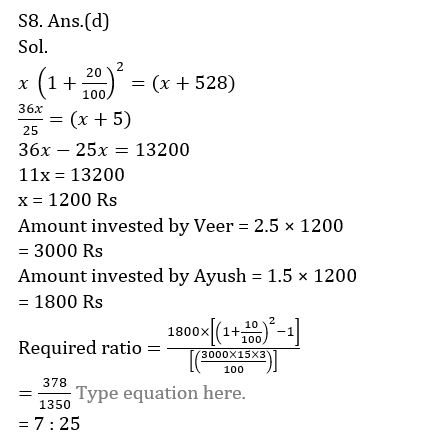
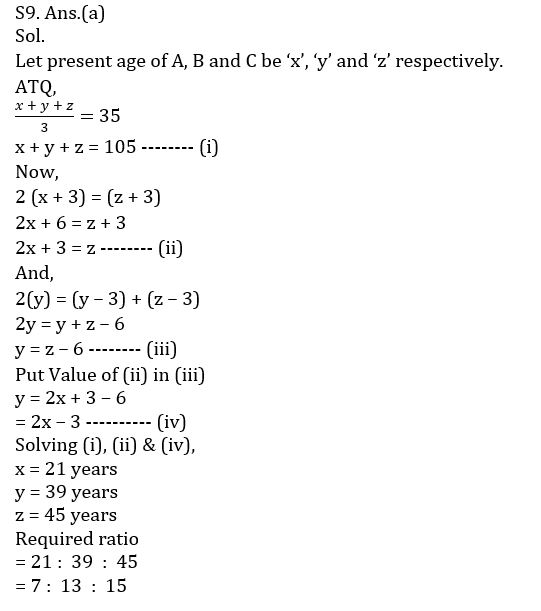
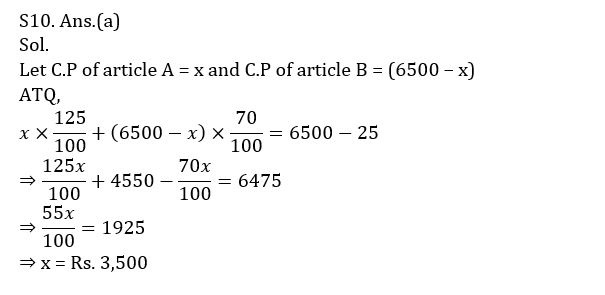

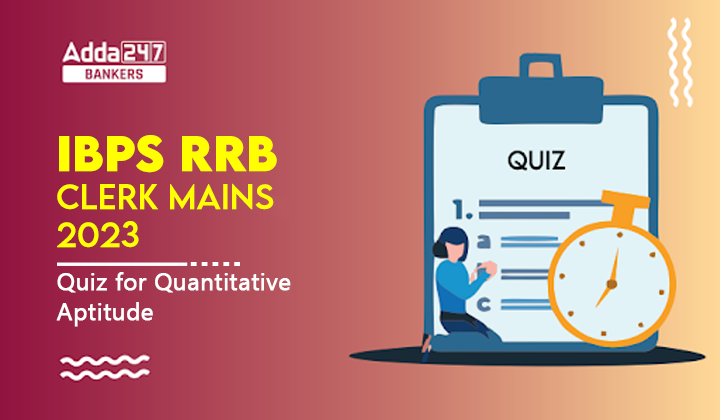
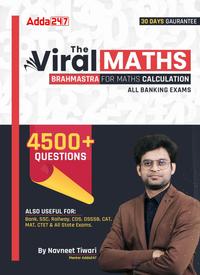


 Quantitative Aptitude Quiz For Bank Main...
Quantitative Aptitude Quiz For Bank Main...
 Quantitative Aptitude Quiz For Bank Foun...
Quantitative Aptitude Quiz For Bank Foun...




